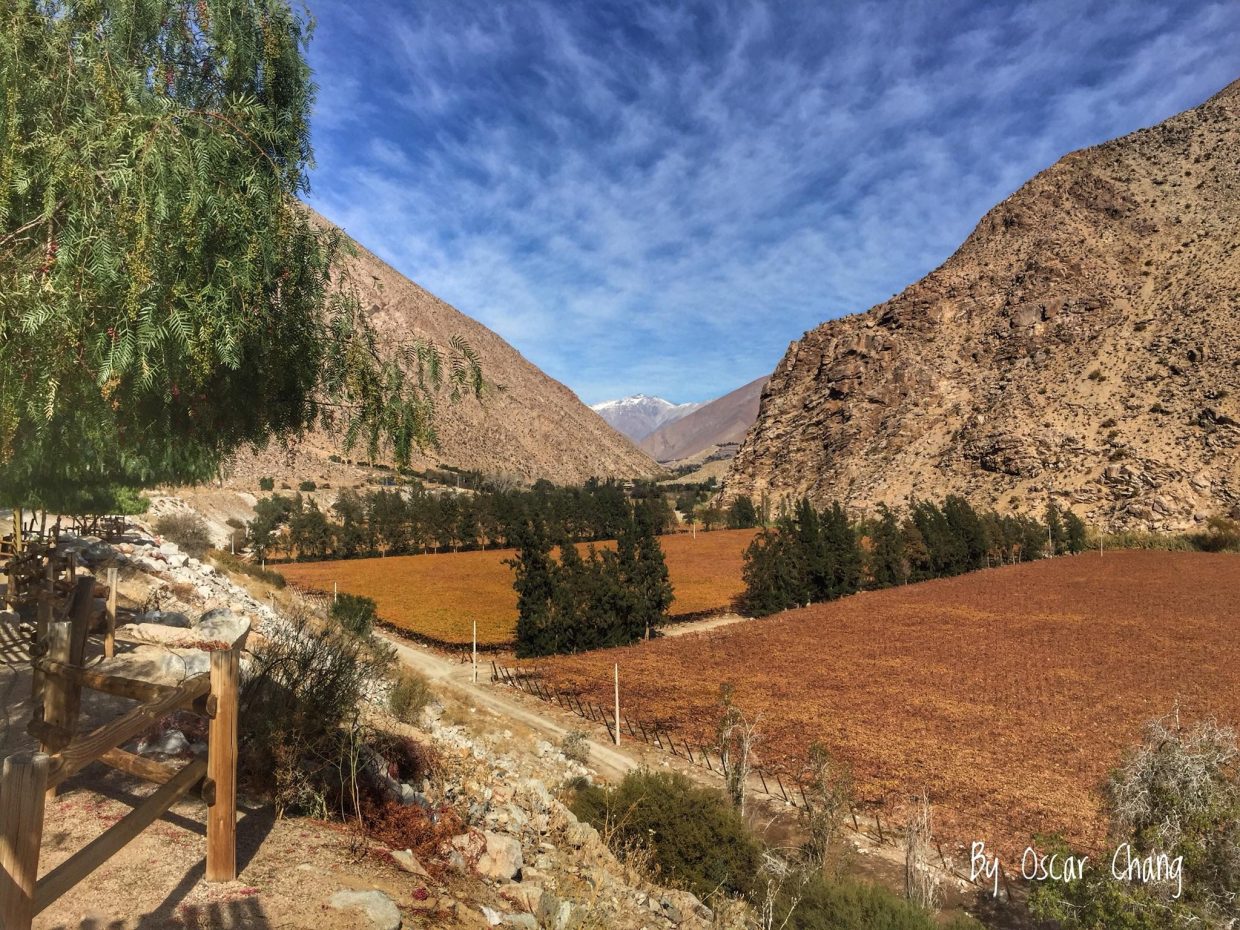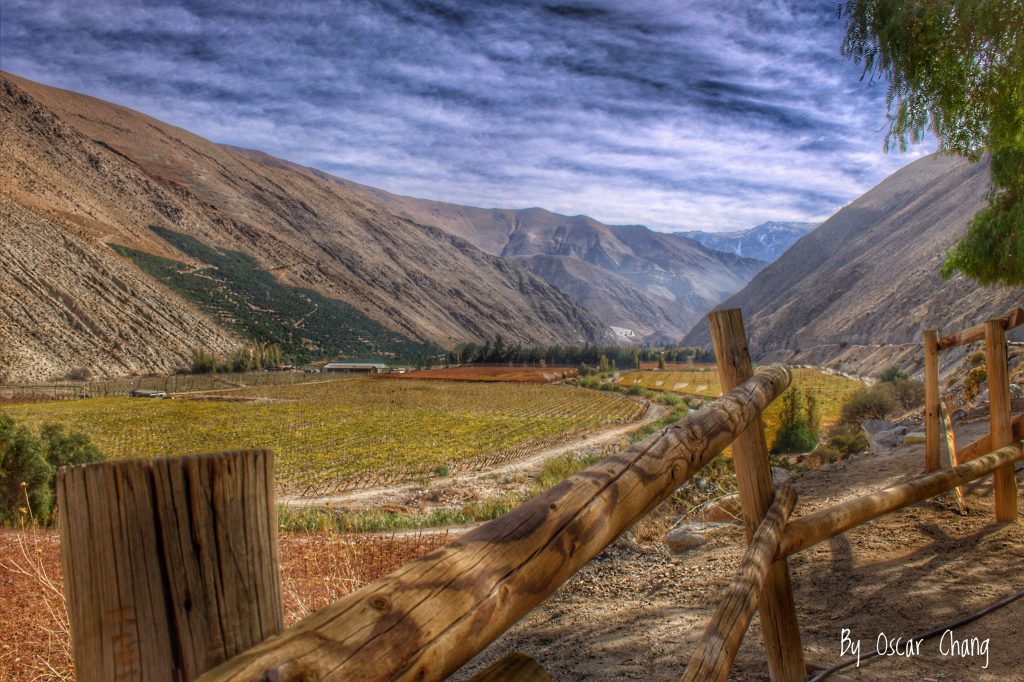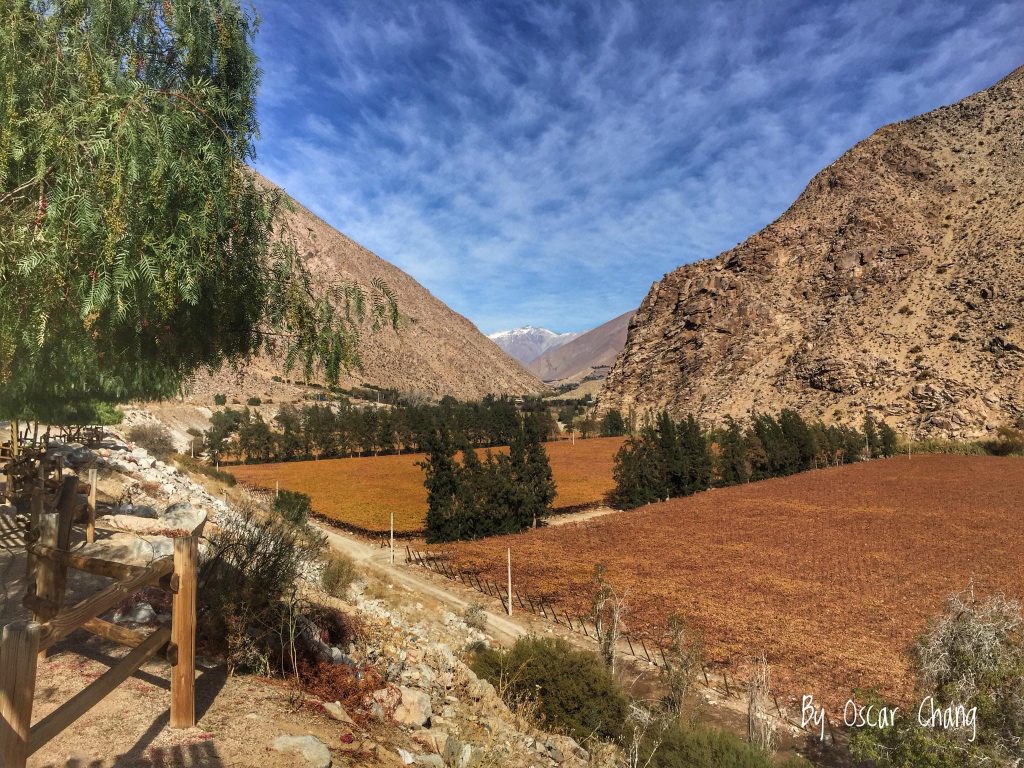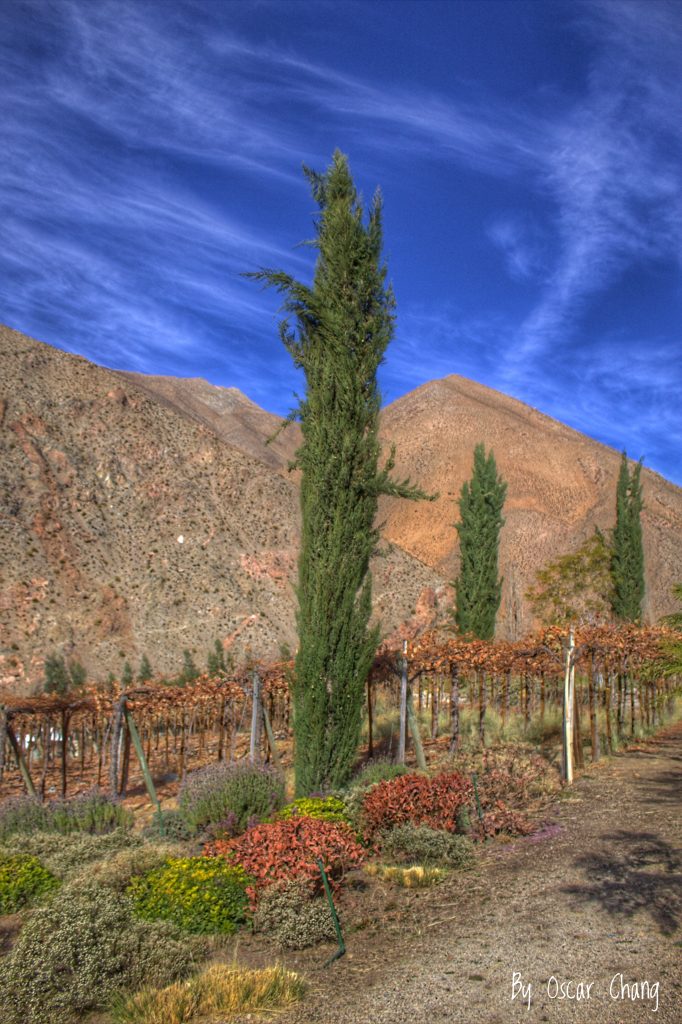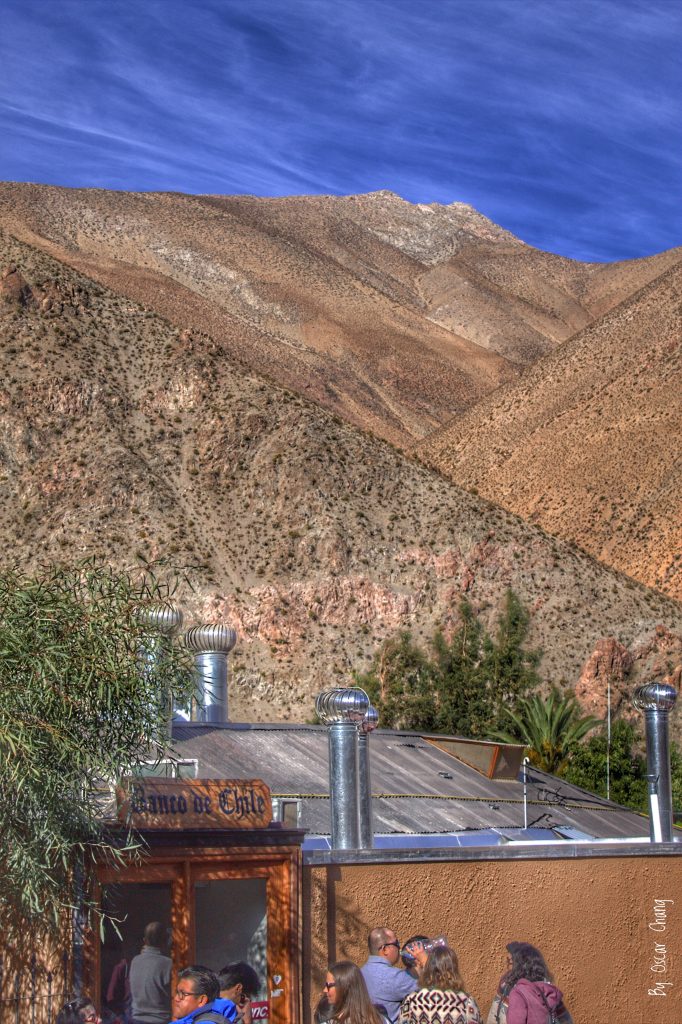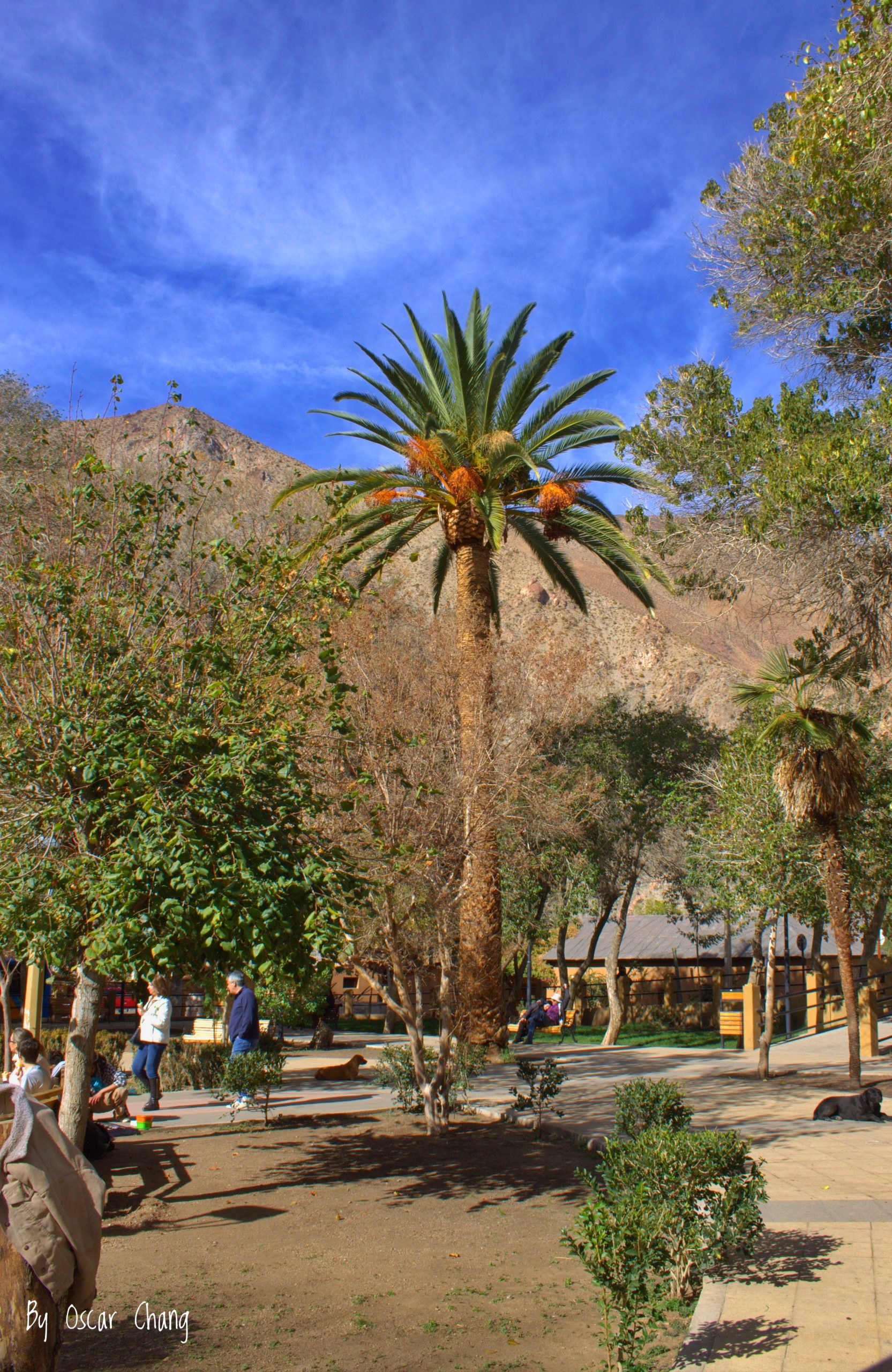 El valle de Elqui, llamado antiguamente también como valle de Coquimbo, es el espacio cultural desarrollado en la cuenca del río Elqui ubicada en la provincia de Elqui, región de Coquimbo, en Chile. El principal río de esta cuenca es el Elqui, que nace de la confluencia de los ríos río Claro (Elqui) y río Turbio (Elqui), provenientes ambos de la cordillera de los Andes, y desemboca en el océano Pacífico, algunos kilómetros al norte de la ciudad de La Serena.
El valle de Elqui, llamado antiguamente también como valle de Coquimbo, es el espacio cultural desarrollado en la cuenca del río Elqui ubicada en la provincia de Elqui, región de Coquimbo, en Chile. El principal río de esta cuenca es el Elqui, que nace de la confluencia de los ríos río Claro (Elqui) y río Turbio (Elqui), provenientes ambos de la cordillera de los Andes, y desemboca en el océano Pacífico, algunos kilómetros al norte de la ciudad de La Serena.
En este valle se encuentra ubicado uno de los tantos embalses que posee la región, el embalse Puclaro, que se encuentra a 432 msnm en un sector conocido como Angostura Puclaro y que tene una capacidad de 200 millones de m³ de agua y 760 ha.
El valle se beneficia de su recurso hídrico y largos períodos de sol durante el año, ambos excelentes para la producción de frutas, vegetales y, especialmente, el cultivo de uvas para exportación y para la producción local de pisco. El clima es estepárico, con nublados abundantes en la costa y gran sequedad atmosférica y cielos limpios hacia el interior; en la cordillera las temperaturas son más bajas por efecto de la altitud.
Al tener uno de los cielos más claros del hemisferio sur, razón por la cual diversas organizaciones internacionales han instalado observatorios astronómicos en las cumbres de los cerros Pachón y Tololo.
En el valle se ubica Vicuña, su principal ciudad y lugar donde nació la poetisa chilena Gabriela Mistral, ganadora del Premio Nobel de Literatura el año 1945 y del Premio Nacional de Literatura de 1951.
Es uno de los lugares más visitados del norte chico chileno, y es considerado un polo energético y asociado al fenómenos OVNI por las comunidades que realizan actividades esotéricas en él. Posee atractivos turísticos, como el Museo Gabriela Mistral, el Observatorio educativo Mamalluca, Viña Cavas del Valle, considerada la más alta de Chile, la planta de producción de Pisco CAPEL, y las cocinas solares de Villaseca.
The Elqui Valley, formerly also known as the Coquimbo Valley, is the cultural space developed in the Elqui river basin located in the Elqui province, Coquimbo region, in Chile. The main river of this basin is the Elqui, which is born from the confluence of the Claro (Elqui) and Turbio (Elqui) rivers, both coming from the Andes mountain range, and flows into the Pacific Ocean, some kilometers to the north from the city of La Serena.
In this valley is located one of the many reservoirs that the region has, the Puclaro reservoir, which is 432 meters above sea level in an area known as Angostura Puclaro and that has a capacity of 200 million m³ of water and 760 ha.
The valley benefits from its water resources and long periods of sunshine during the year, both excellent for the production of fruits, vegetables and, especially, the cultivation of grapes for export and for the local production of pisco. The climate is stearic, with abundant clouds on the coast and great atmospheric dryness and clean skies inland; In the mountains, temperatures are lower due to the altitude.
Having one of the clearest skies in the southern hemisphere, which is why various international organizations have installed astronomical observatories on the summits of Pachón and Tololo hills.
Vicuña is located in the valley, its main city and place where Chilean poet Gabriela Mistral was born, winner of the Nobel Prize for Literature in 1945 and the National Prize for Literature of 1951.
It is one of the most visited places in northern Chile, and is considered an energy pole and associated with UFO phenomena by communities that carry out esoteric activities in it. It has tourist attractions, such as the Gabriela Mistral Museum, the Mamalluca Educational Observatory, Viña Cavas del Valle, considered the highest in Chile, the Pisco CAPEL production plant, and the Villaseca solar cookers.
